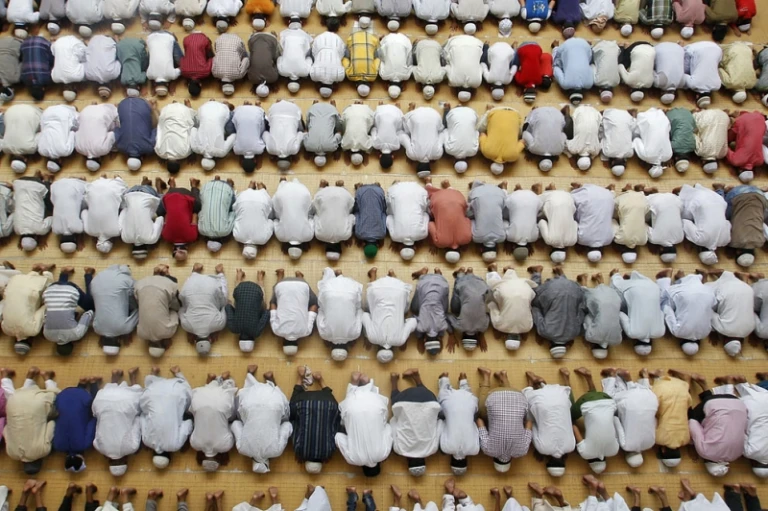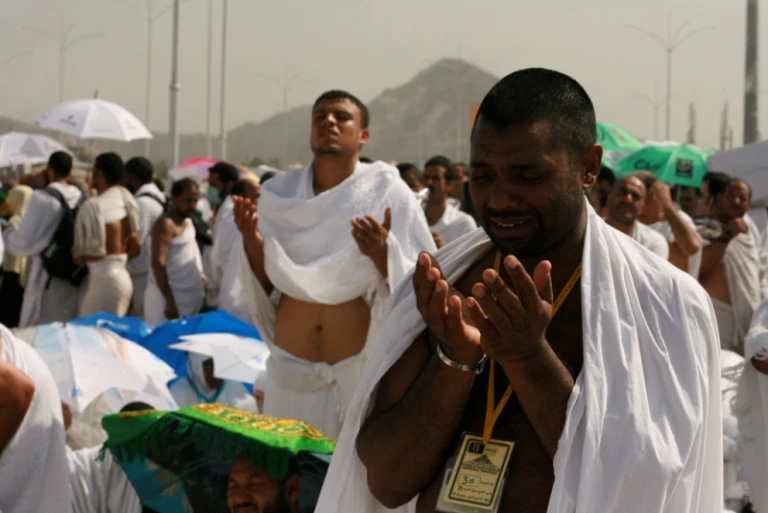Besides mountains, Sabah has so much to offer its visitors from vast clear blue waters to rare native wildlife. You will never be bored when you visit this hidden gem of Malaysia.
Eid al Adha and Its Significance

In the Islamic calendar, Muslims worldwide would celebrate two different Eids annually — Eid ul Fitr and Eid al Adha. Many would know Eid ul Fitr as it’s a major celebration after a month of fasting in Ramadan. However, Eid al Adha is considered a more “holy” Islamic holiday due to the historical and religious significance behind it.
“…And whosoever fears God and keeps his duty to Him, He will make a way for him to get out (from every difficulty). And He will provide him from (sources) he never could imagine….” [Quran 65:2-3]

Why is it known as the “Festival of the Sacrifice”?
Eid al Adha is also known as the Festival of the Sacrifice as it commemorates the willingness of Prophet Ibrahim to sacrifice his son, Ismail, as an act of obedience to Allah’s command. However, before Prophet Ibrahim could sacrifice his son, God provided a lamb instead. Prophet Ibrahim was willing to sacrifice his own son due to his devotion and God’s prevention of the sacrifice demonstrated that no human life should be taken in the name of God.

“There does not reach Allah their flesh nor their blood, but to Him is acceptable the guarding (against evil) on your part; thus has He made them subservient to you, that you may magnify Allah because He has guided you aright; and give good news to those who do good (to others).”
[Qur’an 22:37]
Therefore, in commemoration of the intervention, an animal is sacrificed and divided into three parts. Animals that are sacrificed could be sheep, goats, cows and camels. One portion will be given to the poor and needy while another is kept for home. The third portion can be given to relatives.
Eid al Adha and Hajj
Eid al Adha also marks the end of Hajj, a pilgrimage Muslims embark on as one of the pillars of Islam. This pilgrimage is a five-day journey that follows the footsteps of Prophet Ibrahim since many of the rituals involve replicate the many events in his life.

For example, when he was preparing to sacrifice his son, Shaitan or the Devil tempted to dissuade Prophet Ibrahim and his family from carrying God’s command. But he drove Shaitan away by throwing pebbles at him. Thus, stones are thrown at symbolic pillars by pilgrims during Hajj rites.
Eid al Adha falls on 10 Dzulhijjah in the Islamic lunar calendar. It will last for three days.
Published at
About Author
Inshirah Majid
Subscribe our Newsletter
Get our weekly tips and travel news!
Recommended Articles
10 Hidden Gems of Sabah, Malaysia 10 Muslim Footballers That Will Inspire You And Your Goals HalalZilla consults the great archives of football to handpick our top Muslim players who’ve ever laced a pair of boots in the big leagues – especially those you didn’t know were Muslim!
10 Muslim-Friendly Islands in Indonesia Many travellers have either been to Bali and Lombok, or are planning a trip there – they are the most popular tourist destinations for Muslim and non-Muslim alike. . While these islands are tourist-friendly and especially Muslim-friendly, there are many other islands in Indonesia that are just as beautiful and have lots to offer. Check […]
12 Culture Shocks You’ll Experience During Umrah Welcome to the land of blessings & calmness ~
2019 Emirates FA Cup Final Winners Will Celebrate With Non-Alcoholic Champagne Regardless of the team you support, it’s heartening to know that the winners will be offered non-alcoholic champagne to cater to those who don’t drink.
Latest Articles
Malaysia Launches World’s First Muslim-Friendly Cruise Ship This November This marks the world's first Muslim-friendly cruise ship!
Melaka to Offer Free Entry to Attractions for Tourists Wearing Kebaya: Here’s What to Know! Would you wear a kebaya to explore FREE Melaka’s attractions? 💃🏽
Why Nglanggeran Village is Jogja's Must-Visit Destination for Muslim Travellers Have you ever heard of a sacred village that is traditionally inhabited by only seven family heads.
Halal and Muslim-Friendly Japanese Restaurants in Blok M, Jakarta You Absolutely Need to Try Come and have a taste in Jakarta's Little Tokyo!
Top Halal Souvenirs from Vietnam: A Complete Shopping Guide for Muslim Travelers Halal snacks, there are countless ways to make your journey memorable

